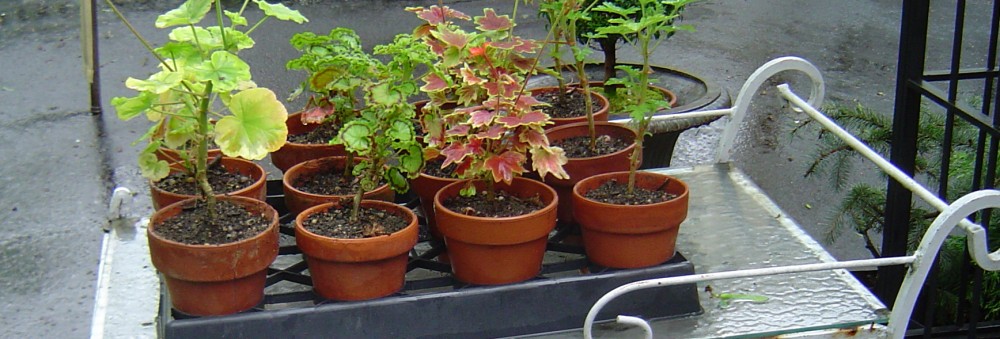Private gardens in India are typically tended by professional gardeners. Garden owners might supervise but the real work is done by their hired help. As a child, I was given free reign in the garden where I would spend most of my waking hours. I learned a great deal simply by spending time outdoors. Observing bugs, tearing apart a flower to see its different parts, trying in vain to extract color from colorful petals ( I’d squeeze wet petals), waiting for a chrysalis to turn into a butterfly, learning from my mother to make tiny clay pots from mud, picking berries as they ripened and never leaving any for others – the list is endless.
I didn’t have any grown-ups who took it upon themselves to teach or guide me and the gardeners in the area were way too busy heeding their employers and going about their responsibilities. But, I did get to watch these gardeners from whom I undoubtedly absorbed some good gardening methods. I think I also got in their way frequently.
I’d collect pretty leaves and flowers in tins and pass many afternoons in the shade arranging and rearranging my treasures in patterns. I crushed fragrant leaves and flowers to perfume my hands and face before I learned about primitive cultures doing the same. I learned to identify edible herbs and often experimented with propagating plants from seed and cuttings. Waiting for fruits to ripen and determining that moment when they were ready to be picked was a responsibility I took seriously. Mind you, none of this was conducted scientifically. It was all play for me. I didn’t make notes or tell anybody. It was just how I enjoyed my time outdoors. Curiosity and imagination were my constant attendants.
I’d routinely get all sorts of insect bites and stings, cut my hands from handling thorny plants, scorch the soles of my feet by walking barefoot on stones made so hot by the mid-day sun, get my clothes mud-splattered and stained. Nothing kept me away from the garden – it was where I belonged. Instead, the mishaps were just as instructive as the happy discoveries. I learned to identify plants, insects and birds, treat my wounds and through trial and mostly errors, I taught myself to dye clothes with natural materials. My mother had her own opinions about some of my efforts.
Simply by spending unstructured time in the garden, my young mind learned an enormous amount of information. Children are naturally curious and the garden is the best classroom. Looking back, I see how all my subsequent choices and passions were inevitable. I was shaped by the garden. It raised me as much as all the important adults in my life. The garden is very much why and who I am today.
Based on my own history with the garden, I have many thoughts about children and the great outdoors. I will share that in Part II next week. Meanwhile, think about your own young selves and what gardens meant to you. An occasional walk down memory lane helps one gain fresh perspective.
Note –
I have some of my art works in a show at the Phyllis Harriman Gallery, NYC, the week of March 12, 2018. I hope you will visit! Reception is on Tuesday March 13 from 5:00 to 7:00 pm.
Enjoy the photos below – taken some years ago at the garden show “Play In The Garden” in Chaumont, France:
(c) 2018 Shobha Vanchiswar
[do_widget “Blog Subscriptions (Jetpack)”]
































































































